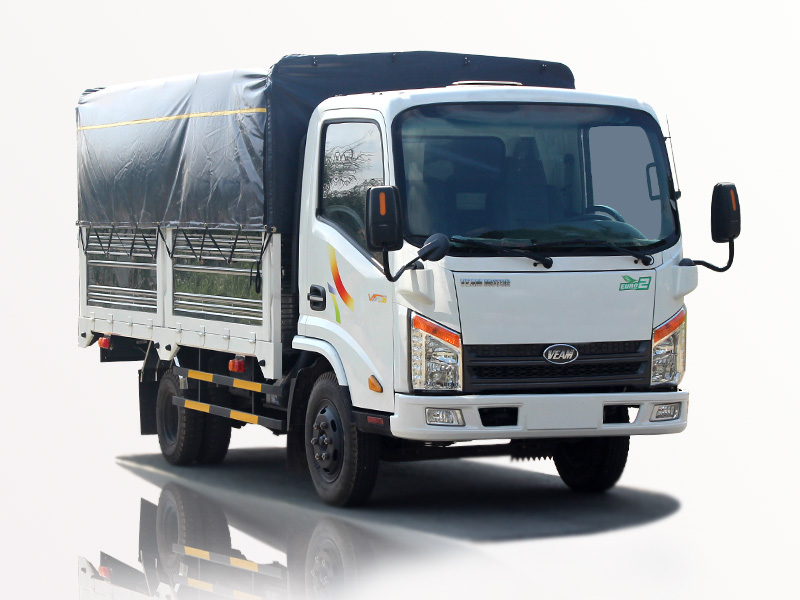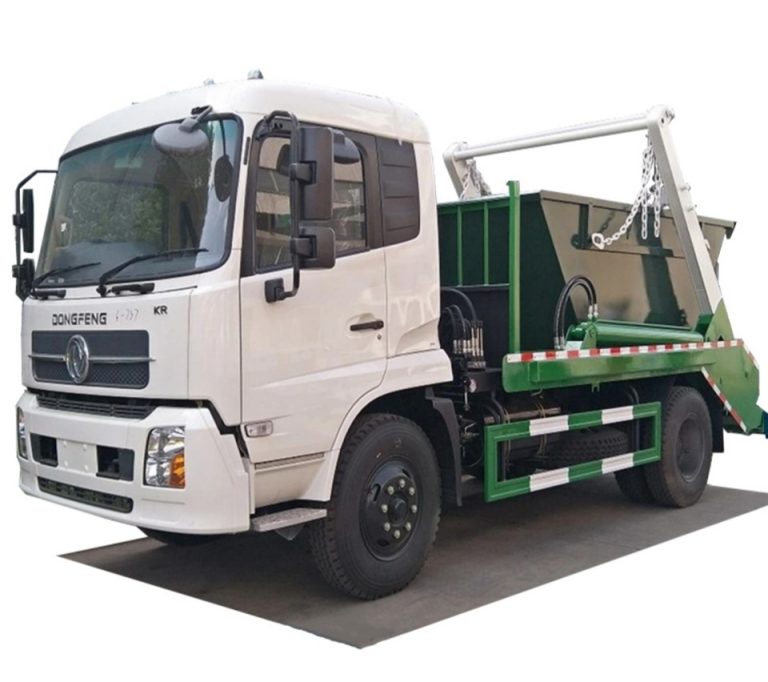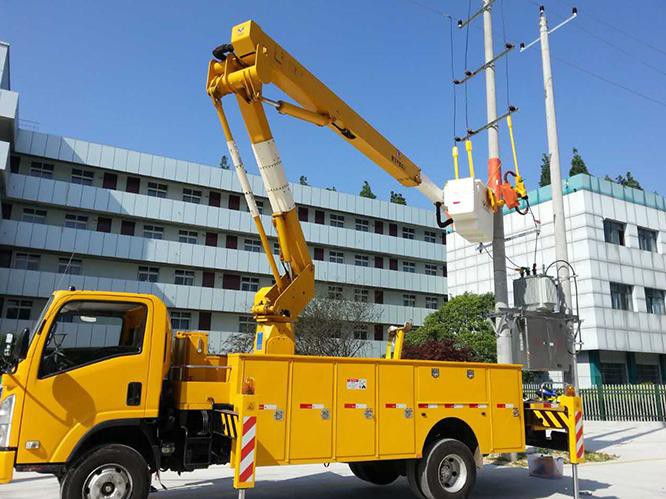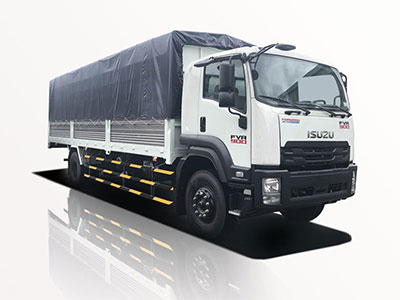A cab and chassis truck is a type of vehicle designed for specific vocational uses. It consists of a cab and a chassis, where the latter features a bare frame and an open back that can be customized for a variety of applications. Whether you’re in the market for a new truck or simply looking to learn more about these versatile vehicles, this guide provides an in-depth look at cab and chassis trucks, their features, benefits, and practical considerations.
What is a Cab and Chassis Truck?
A cab and chassis truck is essentially a frame and engine vehicle, usually built for commercial purposes. It allows for customization, enabling the truck to be fitted with different types of body configurations such as box trucks, flatbeds, or utility vehicles. This structure is particularly useful for those needing specific applications that typical trucks cannot satisfy.
Key Components of Cab and Chassis Trucks
Understanding the essential parts of a cab and chassis truck can help you choose the right vehicle for your needs. The main components include:
- Cab: The driver’s area that houses controls, seating, and safety features.
- Chassis: The framework that supports the vehicle and components like the engine, suspension, and transmission.
- Axles: Important for load distribution, they connect the wheels to the chassis.
- Tires: Provide traction and support for the truck, especially important for heavier loads.
Popular Uses for Cab and Chassis Trucks
Cab and chassis trucks are incredibly versatile and can be used across various industries. Some of the most common applications include:
- Delivery Vehicles: Ideal for transporting goods where specialized boxes are needed.
- Construction: Perfect for flatbeds, dump trucks, or construction cranes.
- Utility Services: Commonly used for plumbing, electrical, and other service utilities requiring specialized equipment.
- Recreational Vehicles: These trucks can be fitted with RV bodies for camping purposes.
Benefits of Cab and Chassis Trucks
Investing in a cab and chassis truck comes with several advantages:
- Customization: Allows for a tailored fit depending on the business needs.
- Durability: Typically built to handle heavier loads and challenging conditions.
- Versatile Applications: Can be modified for various uses, making them a flexible investment.
Choosing the Right Cab and Chassis Truck
Selecting the appropriate cab and chassis truck requires considering several factors:
1. Load Capacity
Understanding your load requirements is crucial. Consider what you plan to transport, and choose a vehicle that offers adequate payload capacity.
2. Engine Type
Choose between gasoline and diesel engines. Diesel engines are generally more fuel-efficient and provide more torque, making them suitable for heavy-duty applications.
3. Wheelbase Length
The wheelbase length will affect ride comfort and stability. A longer wheelbase can provide better balance, especially when carrying heavy loads.
4. Cab Configuration
Cabs come in various configurations: regular cab, extended cab, or crew cab. The choice depends on how many passengers you need to accommodate.
5. Price
Set a budget considering the truck’s base cost and potential modifications required for your specific needs.
Popular Brands and Models of Cab and Chassis Trucks
Several manufacturers offer reliable cab and chassis trucks. Here is a comparison table of some popular models:
| Brand | Model | Engine Options | Payload Capacity |
|---|---|---|---|
| Ford | F-350 | Gas/Diesel | Up to 7,850 lbs |
| Chevrolet | Silverado 3500 | Gas/Diesel | Up to 7,442 lbs |
| RAM | 3500 Chassis Cab | Gas/Diesel | Up to 7,680 lbs |
| GMC | Sierra 3500 | Gas/Diesel | Up to 7,439 lbs |
| Isuzu | N-Series LD | Diesel | Up to 6,200 lbs |
Practical Tips for Using Cab and Chassis Trucks
Maximizing the use of a cab and chassis truck involves practical insights:
1. Training Drivers
Ensure that all operators are trained in driving and handling the specific configuration of the truck, especially for heavy-duty applications.
2. Regular Maintenance
Schedule regular servicing to keep the truck in optimal condition. This includes oil changes, brake inspections, and tire rotations, which can prevent costly breakdowns.
3. Customize as Needed
Consider adding specialized options such as toolboxes, racks, or custom beds to meet personal or business needs effectively.
4. Evaluate Fuel Efficiency
Keep an eye on fuel consumption. Driving habits and load management can influence how efficiently the truck runs.
Frequently Asked Questions (FAQs)
1. What is the difference between a cab and chassis truck and a regular pickup truck?
Unlike regular pickup trucks, which typically have a fixed body, cab and chassis trucks allow for customization with various body types, making them versatile for specific tasks.
2. Can I modify a cab and chassis truck myself?
While minor modifications may be possible, it is generally recommended to consult with a professional to ensure safety and compliance with regulations.
3. How do I determine the load capacity for my needs?
Consider both the weight of the cargo and any additional equipment when calculating the total load requirement.
4. Are cab and chassis trucks more expensive than standard trucks?
Generally, cab and chassis trucks may have a higher initial cost due to their build and potential customizations, but their versatility can offer long-term savings depending on usage.
5. What types of modifications are common for cab and chassis trucks?
Modifications can include flatbeds, box bodies, dump beds, or installations for specialized equipment depending on the truck’s intended use.
6. Is it worth investing in a cab and chassis truck for small businesses?
For small businesses requiring specific configurations for delivery or service work, a cab and chassis truck can be a valuable investment providing flexibility and efficiency.



